SHANGHAI––Theaster Gates: China Cabinet was on display at Prada Rong Zhai (11 March to 7 May 2021), a 1918 historic residence in Shanghai restored by Prada and reopened in October 2017, and explored the links that exist between Gates’s activity as a ceramist and his work as a visual artist, performer, professor, urban planner, and community activist. Conceived as a narrative in three chapters, the exhibition unfolded across multiple staged settings in which the artist’s role evolved from guest to ghost to host.
In the first chapter, the artist as a guest presents the themes underlying his work in six showcases wherein visitors can trace the elements that characterize his practice: the reuse of materials and architectural construction techniques, his references to craftsmanship and spirituality, his employment of the stereotypical imagery imposed on the African-American community, the use of symbols from the civil rights movement, and the presence of archival material such as magazines, books, music, and films that constitute Gates’ universe.
The second phase of the show invokes the artist as an interlocutor. Here, Gates reveals the complexity of his relationship to ceramics —which comprises both intellectual and tactile aspects— in a site-specific installation divided into two parts. The first is a precise and clean presentation of his works distributed throughout the space as if they were in an antique Chinese porcelain boutique. The second part is a reconstruction of his potter’s workshop presenting many plates, cups, bowls, vases, and other utilitarian ceramics alongside artworks made using similar techniques.
The flowing tableaux culminated with the artist’s complete occupation of the space with artworks displayed as they would be in a private home.
Text (edited) from Gallery
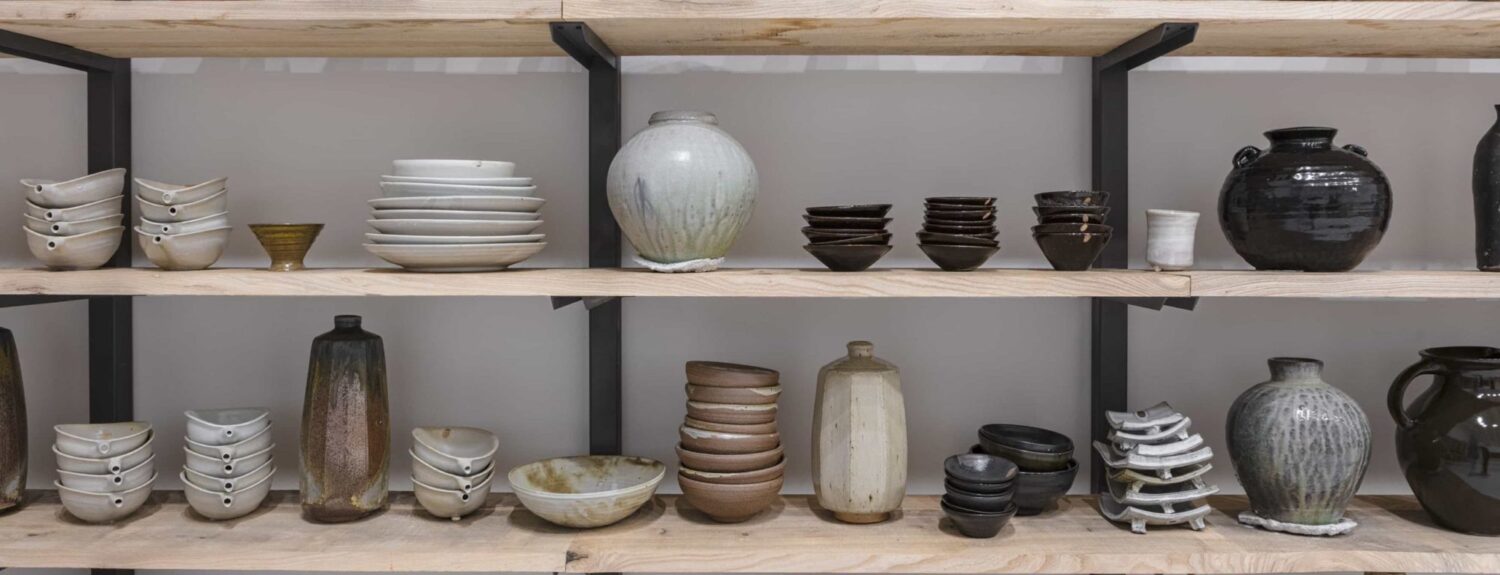
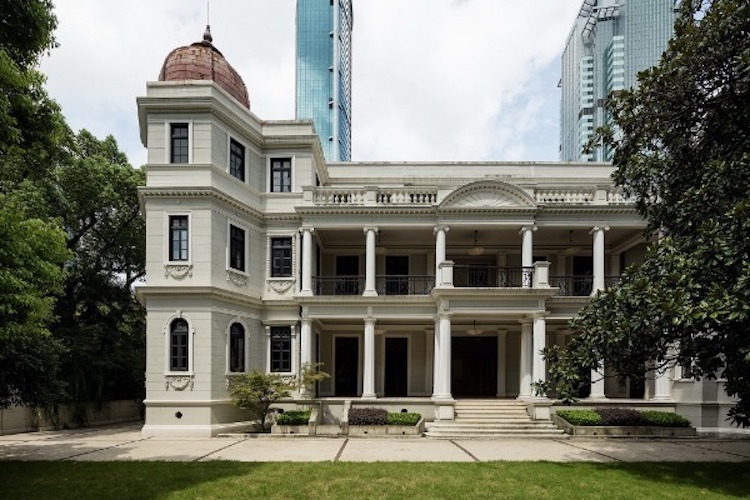

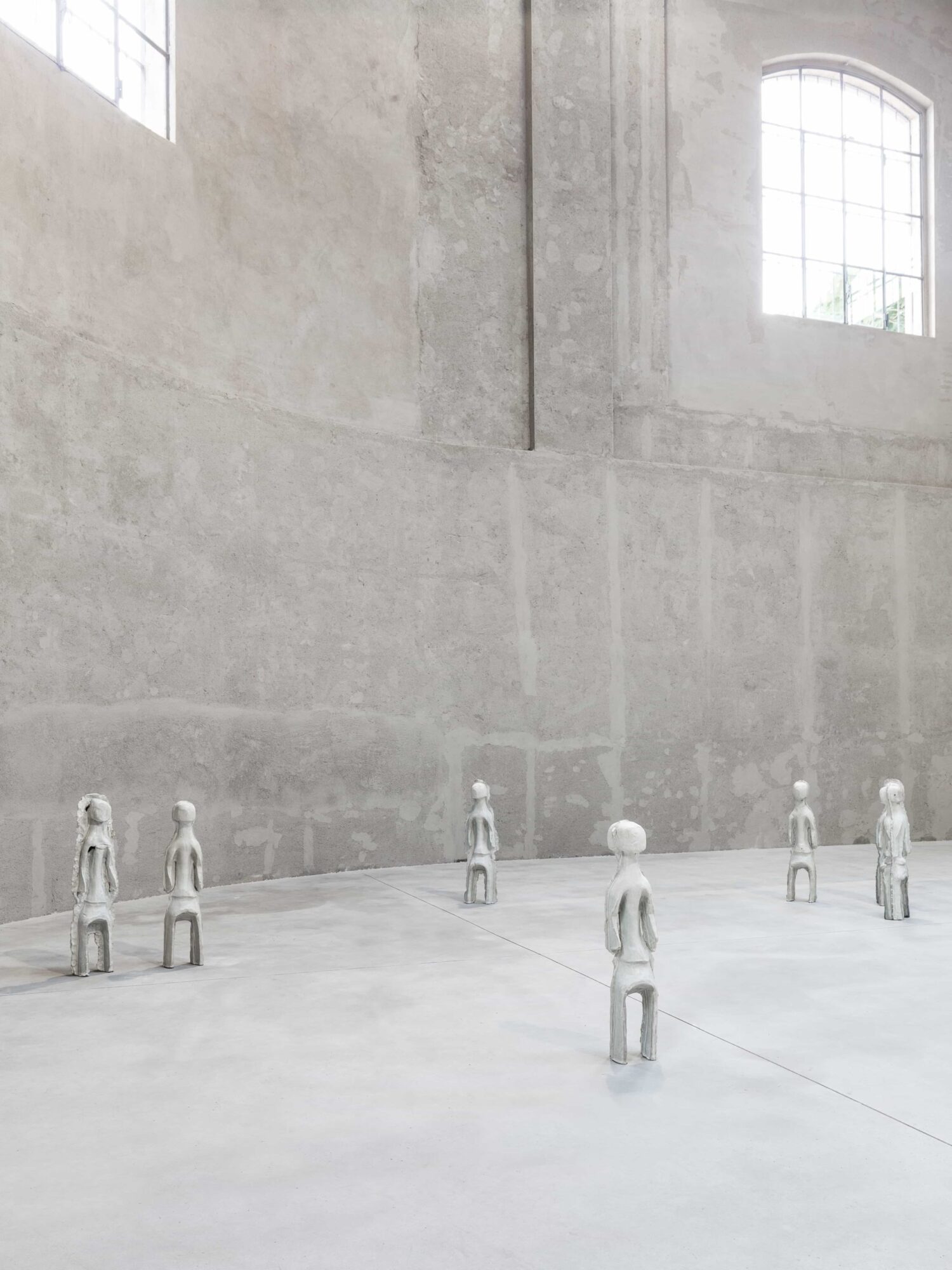

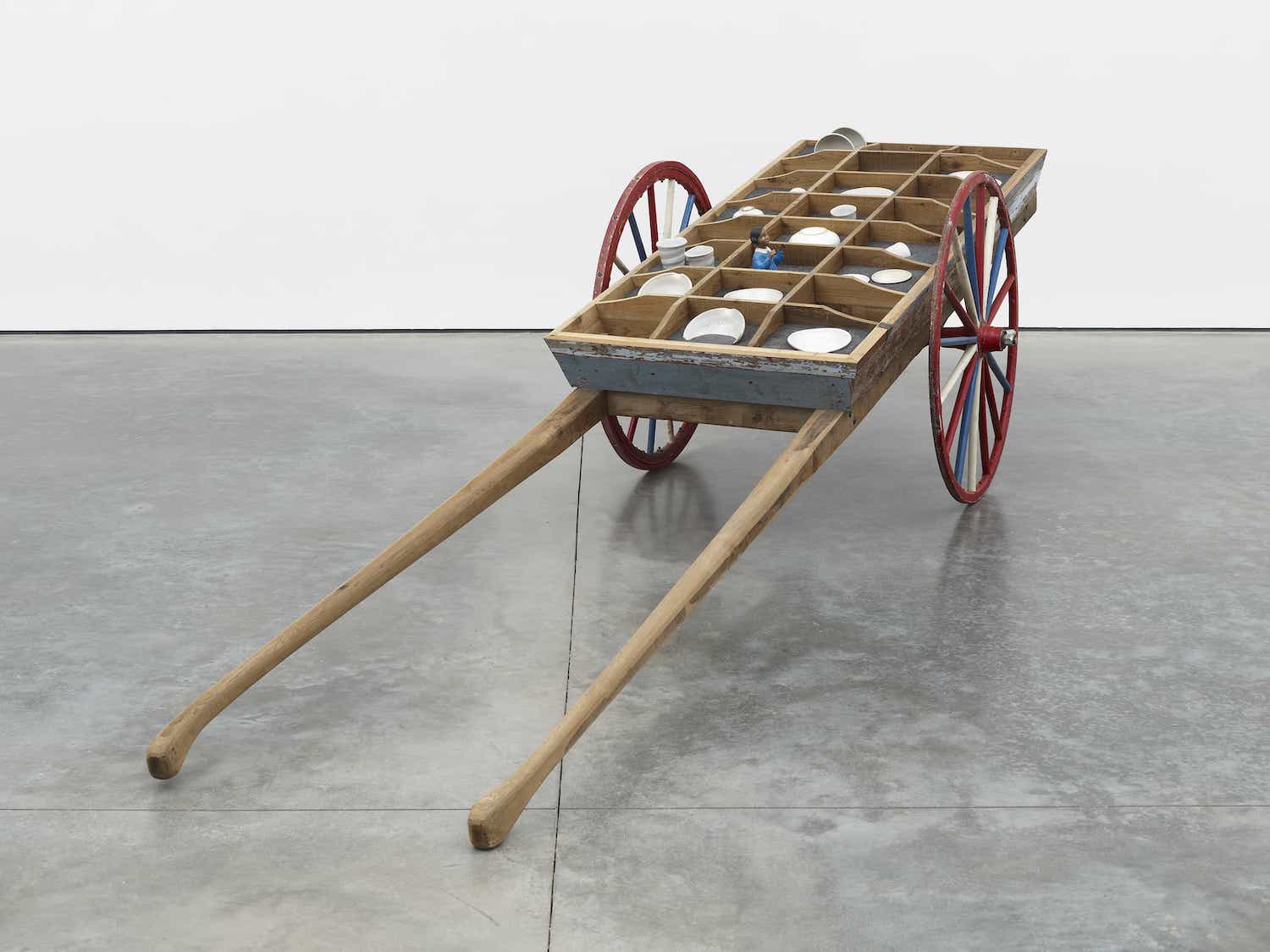
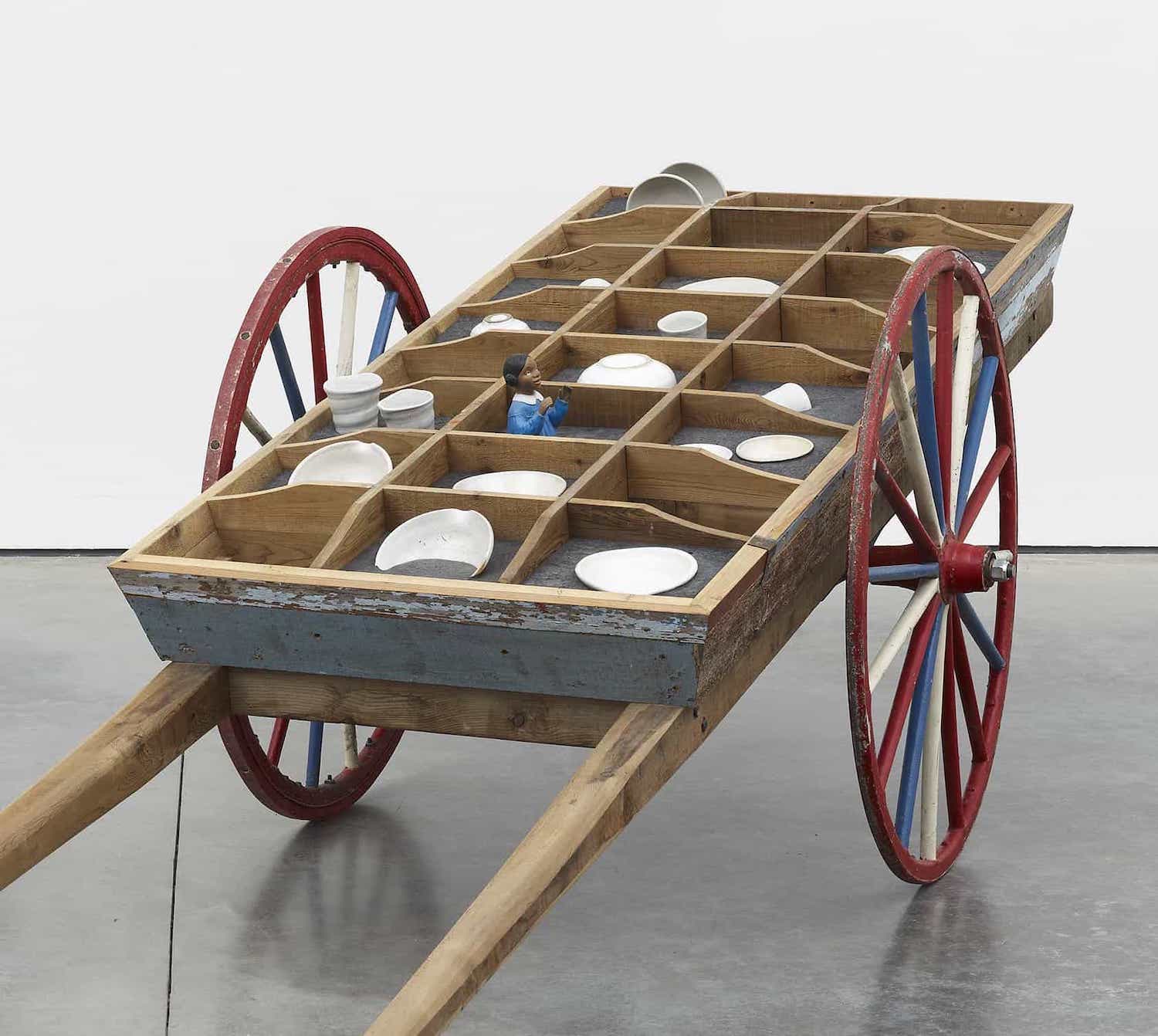
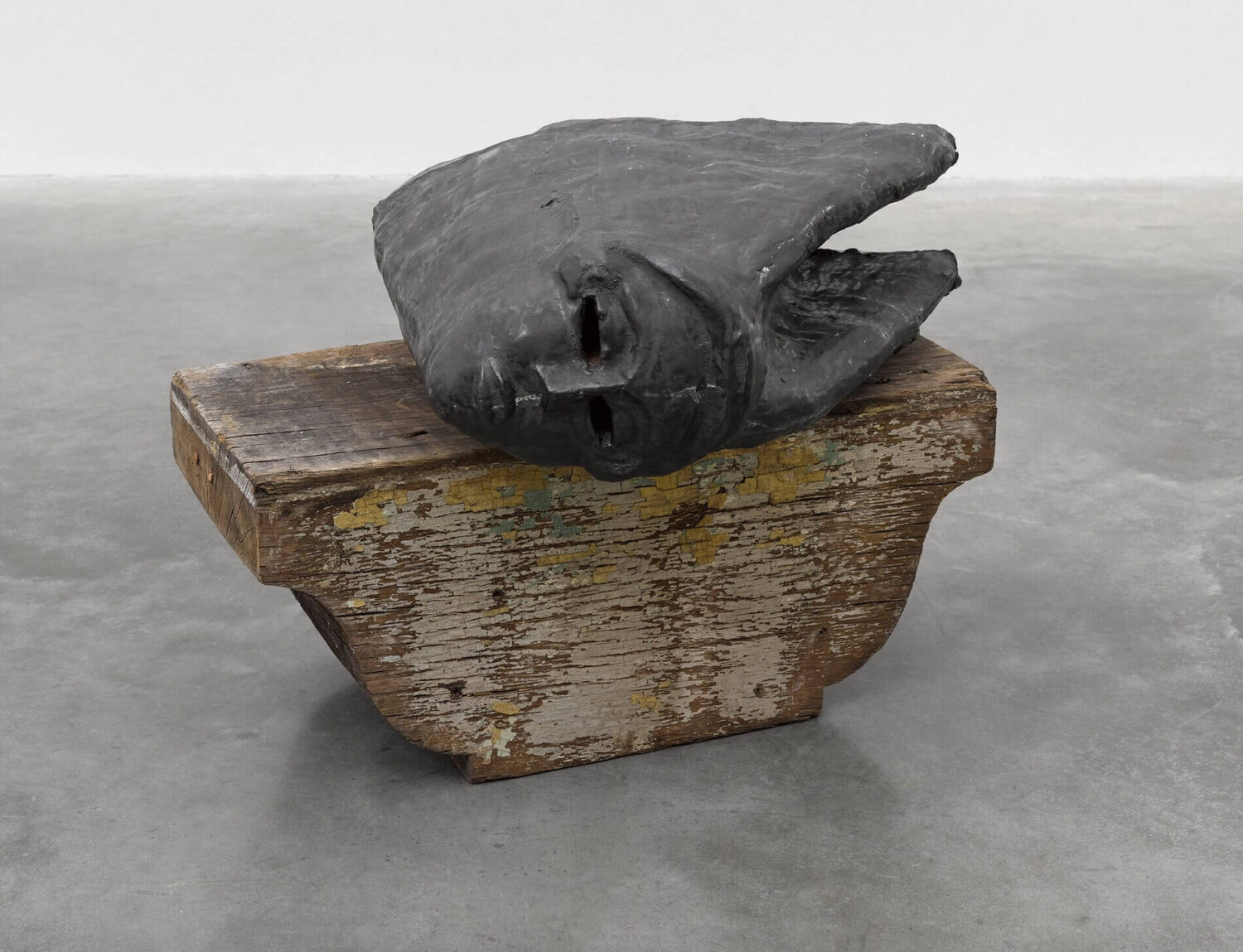

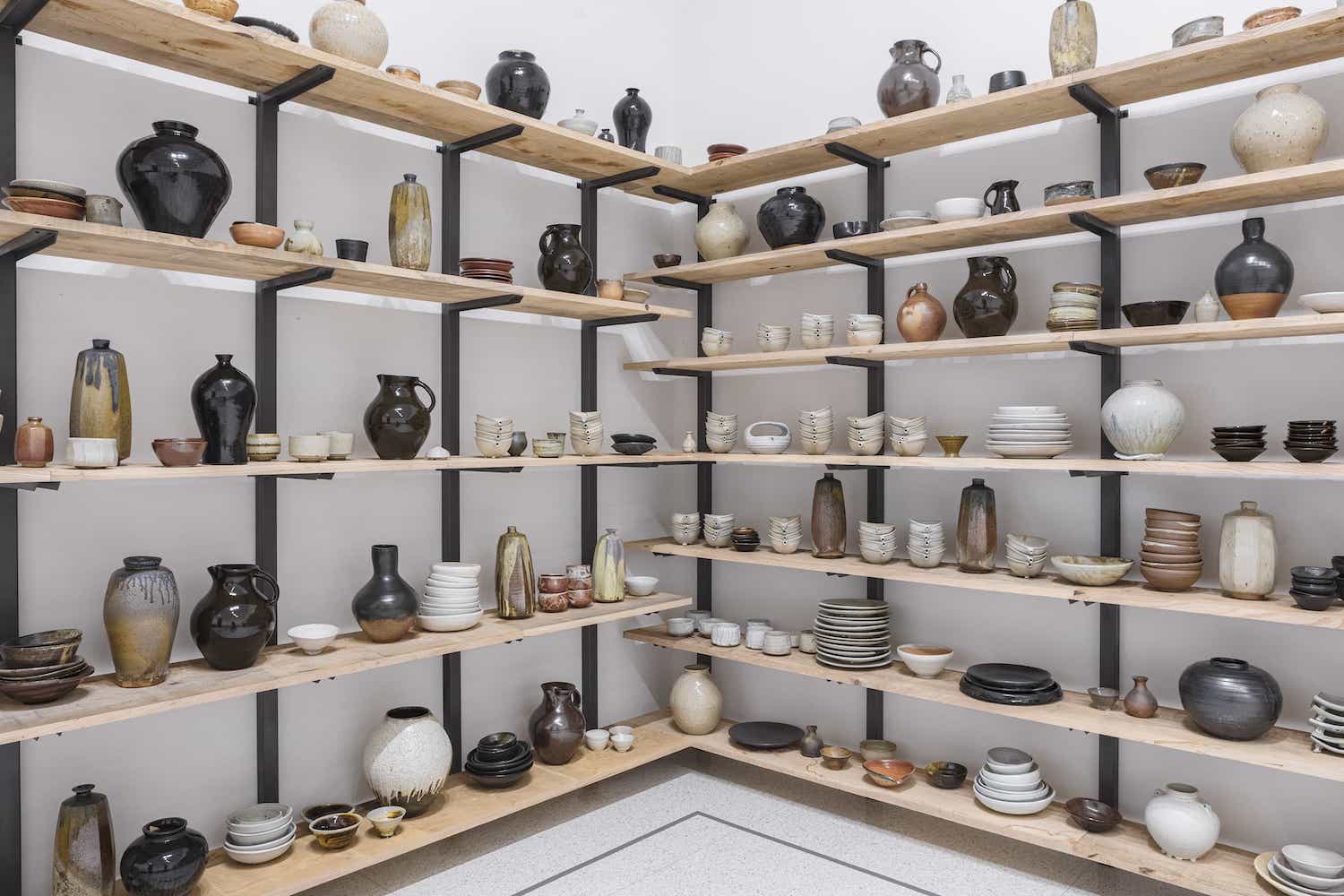
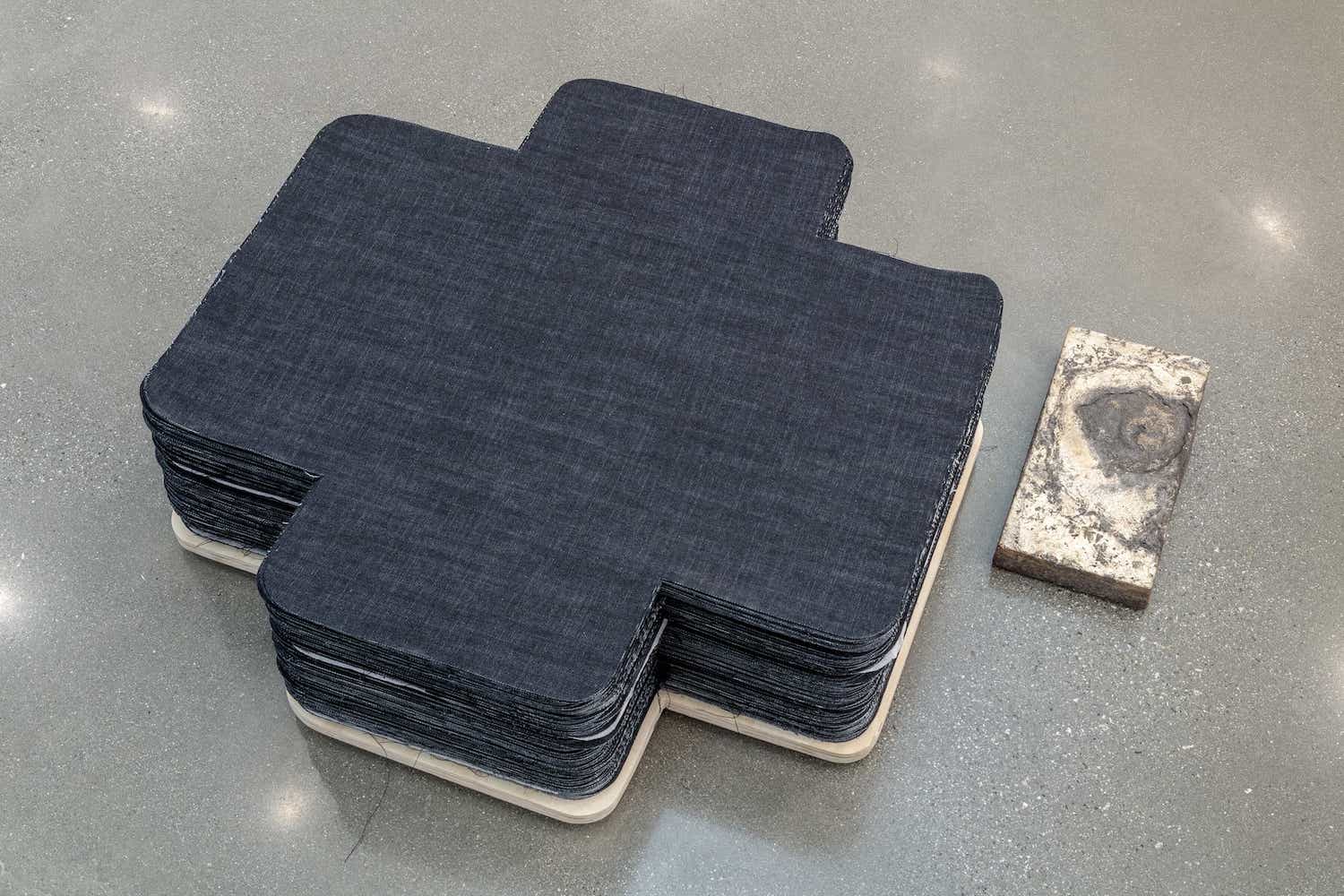
View Gate’s works in beautiful installation at Prada Rong Zhai.
About the Artist: Theaster Gates lives and works in Chicago, US. He creates work that focuses on space theory and land development, sculpture and performance. Drawing on his interest and training in urban planning and preservation, Gates redeems spaces that have been left behind. Known for his recirculation of art-world capital, Gates creates work that focuses on the possibility of the “life within things.” Gates smartly upturns art values, land values, and human values. In all aspects of his work, he contends with the notion of Black space as a formal exercise – one defined by collective desire, artistic agency, and the tactics of a pragmatist.
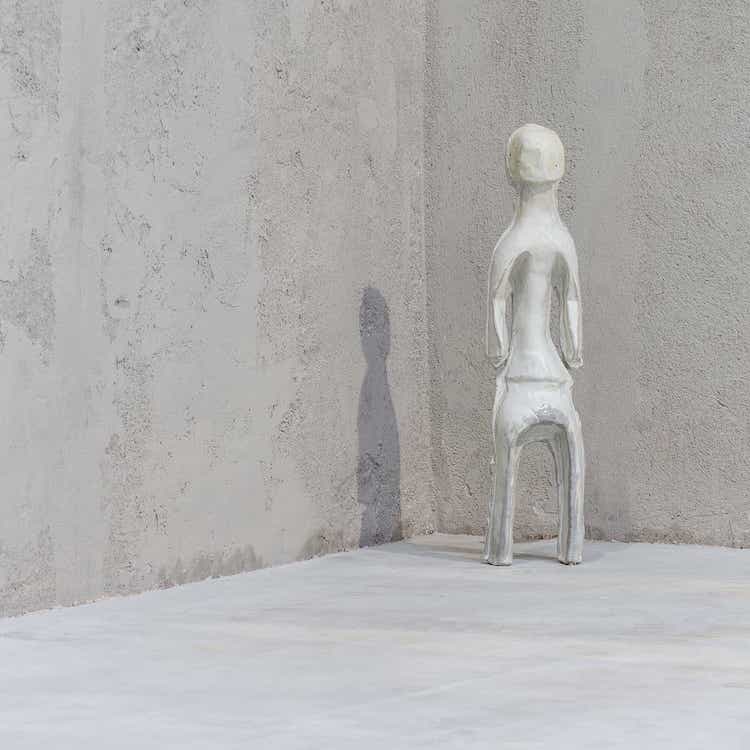
Add your valued opinion to this post.